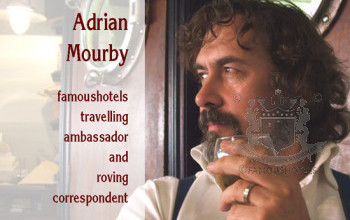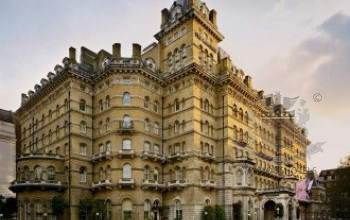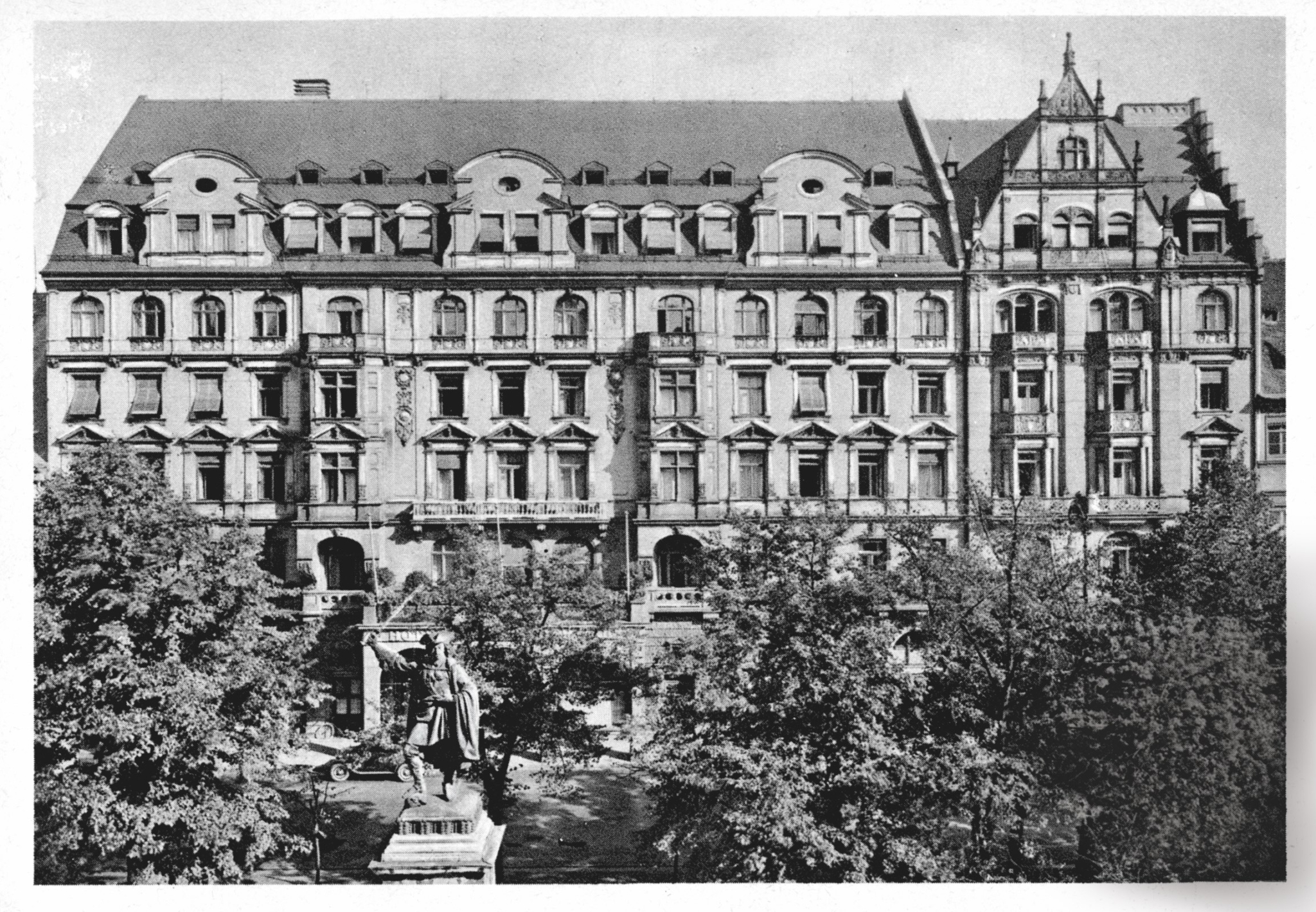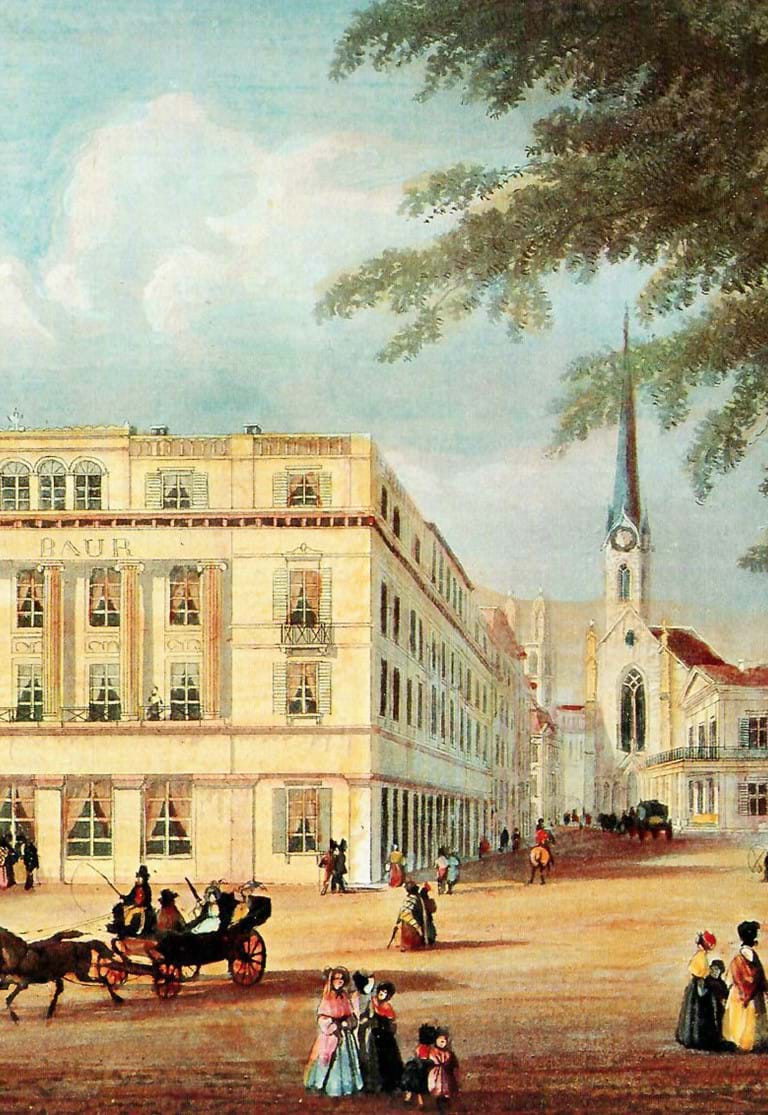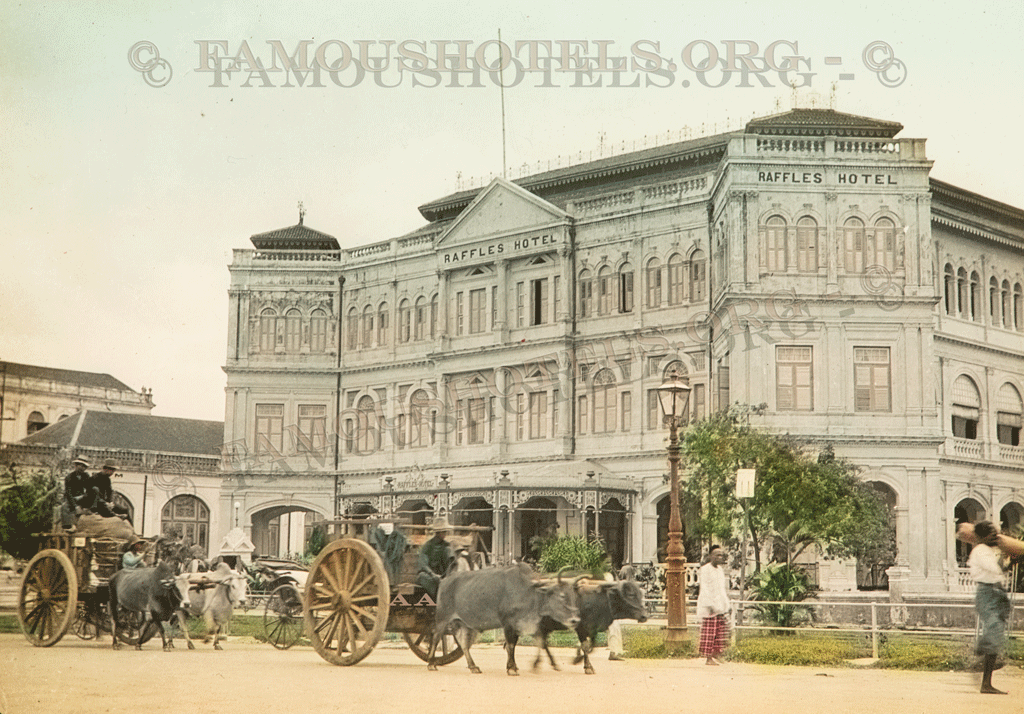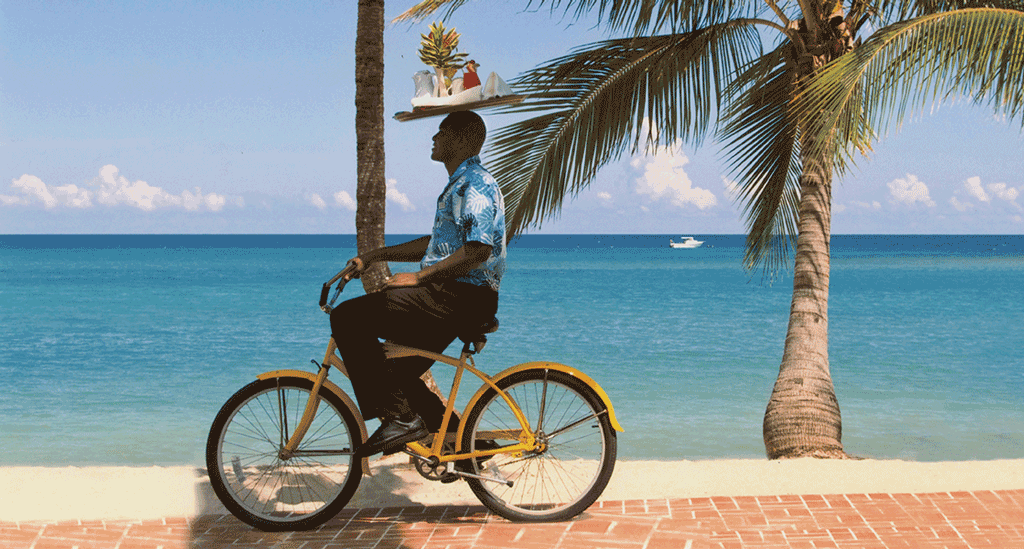LONDON: Mourby of St Pancras
( words)
HOTEL: ST PANCRAS RENNAISSANCE LONDON
ROOMS WE LIKE: OVERLOOKING THE STATION PLATFORMS
ARCHITECT: George Gilbert Scott
OPENED: 1873
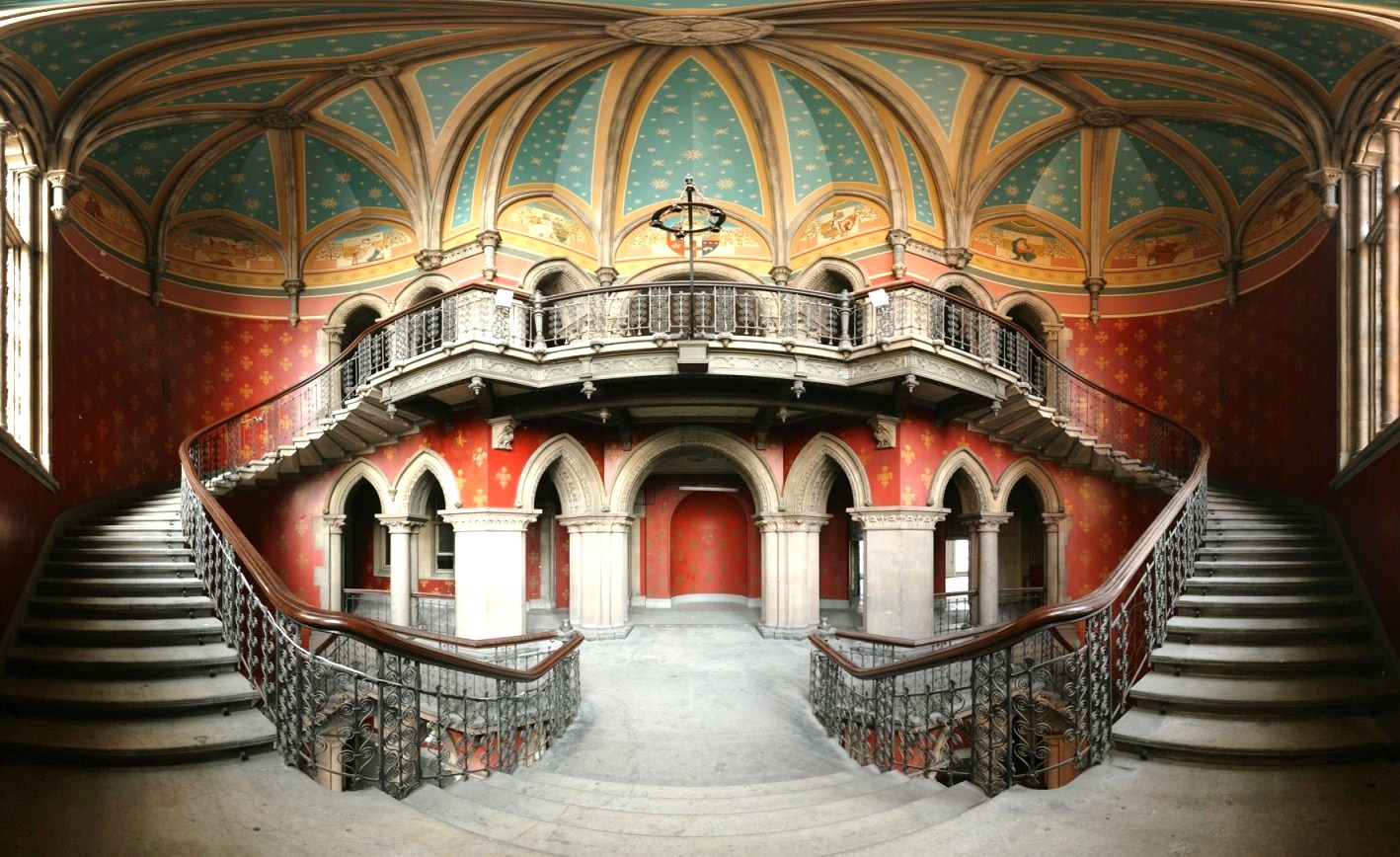
Like most people I like to think of myself as reasonably tolerant. I believe that even the most pernicious of books should not be destroyed and everyone had a right to his or her opinion as long as they do not saw off the heads of anyone who disagrees with them. But when we come to the arrogance and ignorance of young British architects in the post-WWII era, I am tempted to make an exception.
These were young men (they were almost entirely men) who thought they knew better. Not just better than their parents or grandparents, but better than the whole of European civilisation put together. If they’d known about the Mayans, the builders of Machu Picchu and the Pharaonic Egyptians they would probably have thought they knew better than them too. European cities were just plain wrong. Good grief, they had been built with decorative features and with respect for the surrounding neighbourhood! Worse they had failed to give priority to the motorcar and hidden pedestrians down in underpasses so cars could roam freely. In the Brave New World of 1960s architecture these decadent cities needed to be rebuilt with low ceilings and lots of concrete. Functionalism and brutalism were all that mattered. And the British, who had never lived in apartments except as affluent young men in London’s West End, had to be relocated to tower blocks where lifts did not work and no one maintained the public areas.
This generation of architects is mostly retired now and many of them live in converted eighteenth-century mills and nineteenth-century cottages, but they consigned a generation of people far less well-off than themselves to a high-rise existence as bad as anything found in Soviet East Berlin Their legacy, where they were allowed free rein, is a landscape devoid of architectural joy or any understanding of human needs. We humans need beauty. We need buildings that inspire us and leave us feeling dignified and capable of dealing with the day ahead.
All praise then to Sir John Betjeman (1906-1984), one-time Poet Laureate and the man who, more than any other, saved the Midland Grand Hotel. This railway hotel next to Kings Cross Station (now known as The St. Pancras Renaissance London Hotel) is an intensely beautiful building and one of the greatest achievements of Victorian Neo-Gothic in the world.

The Main Entrance of the St Pancras Hotel
It was designed as the frontispiece of St Pancras railway station by George Gilbert Scott and opened in 1873. Scott also built the Albert Memorial and many other pieces of High Victoriana. In 1935, with railway journeys becoming less glamorous and the ownership of motorcars spreading to the middle classes in Britain, the hotel closed. Between 1935 and 2011 part of it was known as St Pancras Chambers and was used as railway offices, but the architectural philistines had it in their sights. They wanted it demolished so more concrete could rise up over North London. "Too beautiful and too romantic to survive" lamented the poet laureate.
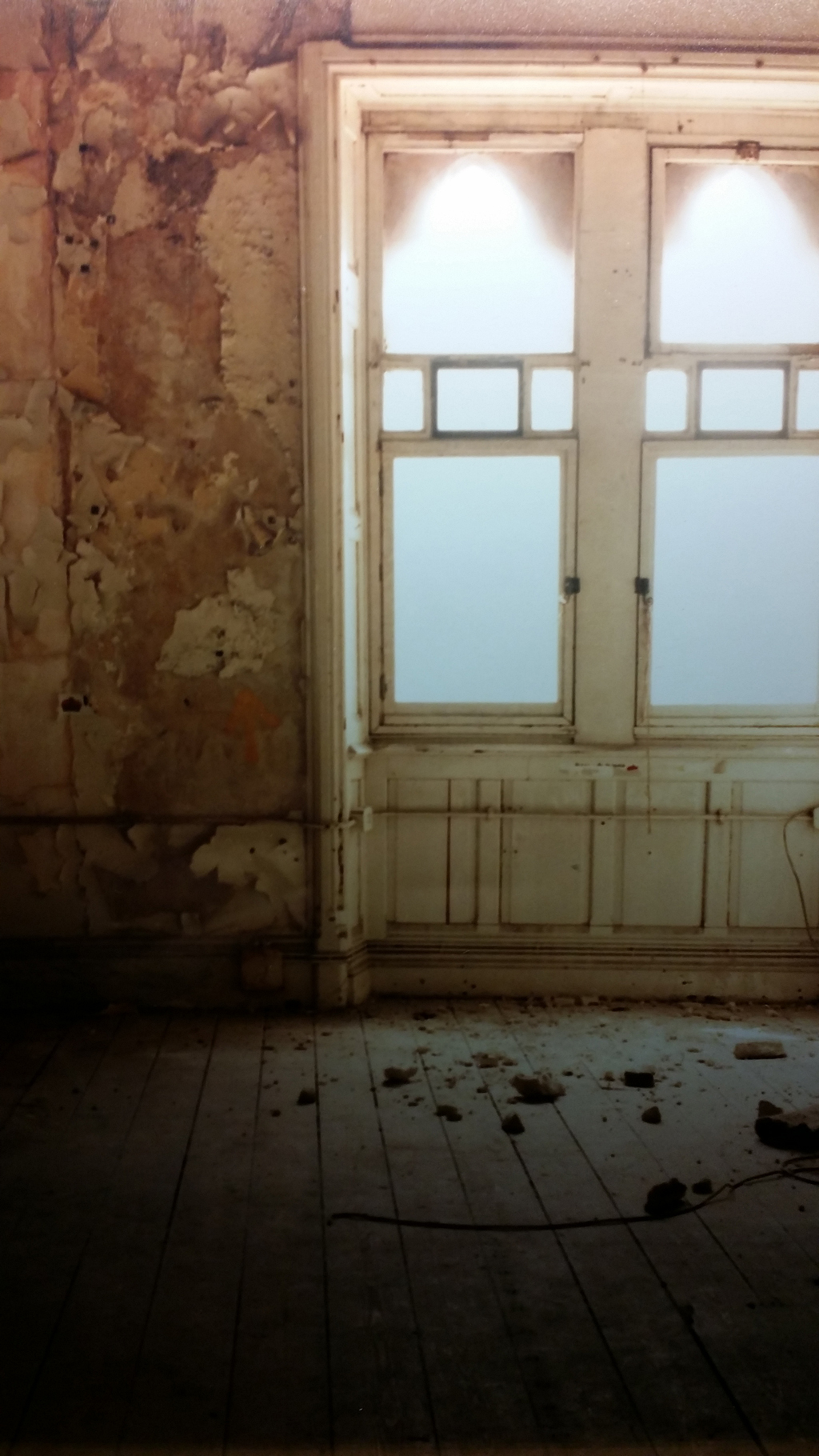
... impoverished days — 'its bedrooms had gold leaf on the walls and fireplaces instead of central heating ...'
To some extent I can understand those misguided reformers. The hotel was expensive to run. Its bedrooms had gold leaf on the walls and fireplaces instead of central heating. Its main staircase would hardly looked out of place in King Ludwig’s Neuschwanstein and needed a lot of maintenance. Lagging a decade behind the times even when it opened, the hotel had no ensuite bathrooms and armies of servants were required to remove chamber pots, bath tubs, and spittoons from the bedrooms.
The staff also had to lay and maintain fires all day long. But the hotel didn’t have to be torn down. This building needed time, it needed money, and it needed love.
Fortunately Sir John and his allies managed to get the Midland Grand and its station Grade I Listed Status but it was a close-fought battle with developers. A shift in public perception helped too. Prince Charles was not alone in refuting the notion that new was automatically better. Many beautiful new buildings have been built in Britain since World War II, but we now recognise that too many beautiful old buildings were torn down along the way.
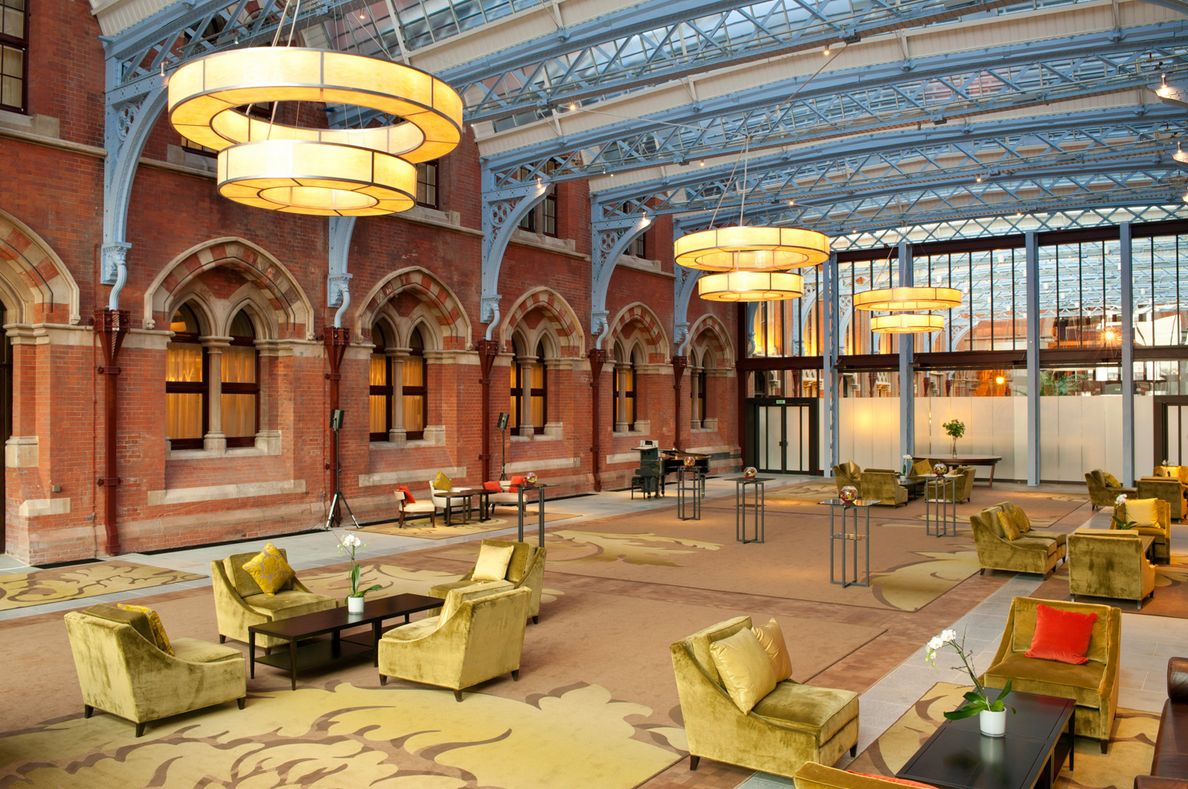
In 2011 St Pancras Chambers reopened as a hotel again.
Down below on the station concourse today stands a statue of John Betjeman by Martin Jennings. The benign, portly poet is shown clutching his hat so that it will not blow off as he is swept away by the Neo-Gothic beauty of this structure. “John Betjeman Poet who saved this glorious station” reads the inscription.
The new St Pancras hotel is even more glorious than its station and a delight to visit.
Ahead of travelling on Eurostar I recently stayed in the hotel’s executive lounge which retains the name St Pancras Chambers. Here gentlemen (and ladies) now wait for their trains to Paris and Brussels until called. They enjoy butler service, VIP transfers and wine served in beautiful crystal. Upstairs the bedrooms, accessed by a spiral staircase broad enough for two large-skirted Victorian ladies to pass, are lofty. The corridors are so wide you could squeeze extra rooms into the thoroughfare and no one would notice. Meanwhile the old high-vaulted Booking Office has been turned into a bar and restaurant painted in hues of “Midland Red” and enticingly dark at any time of day.
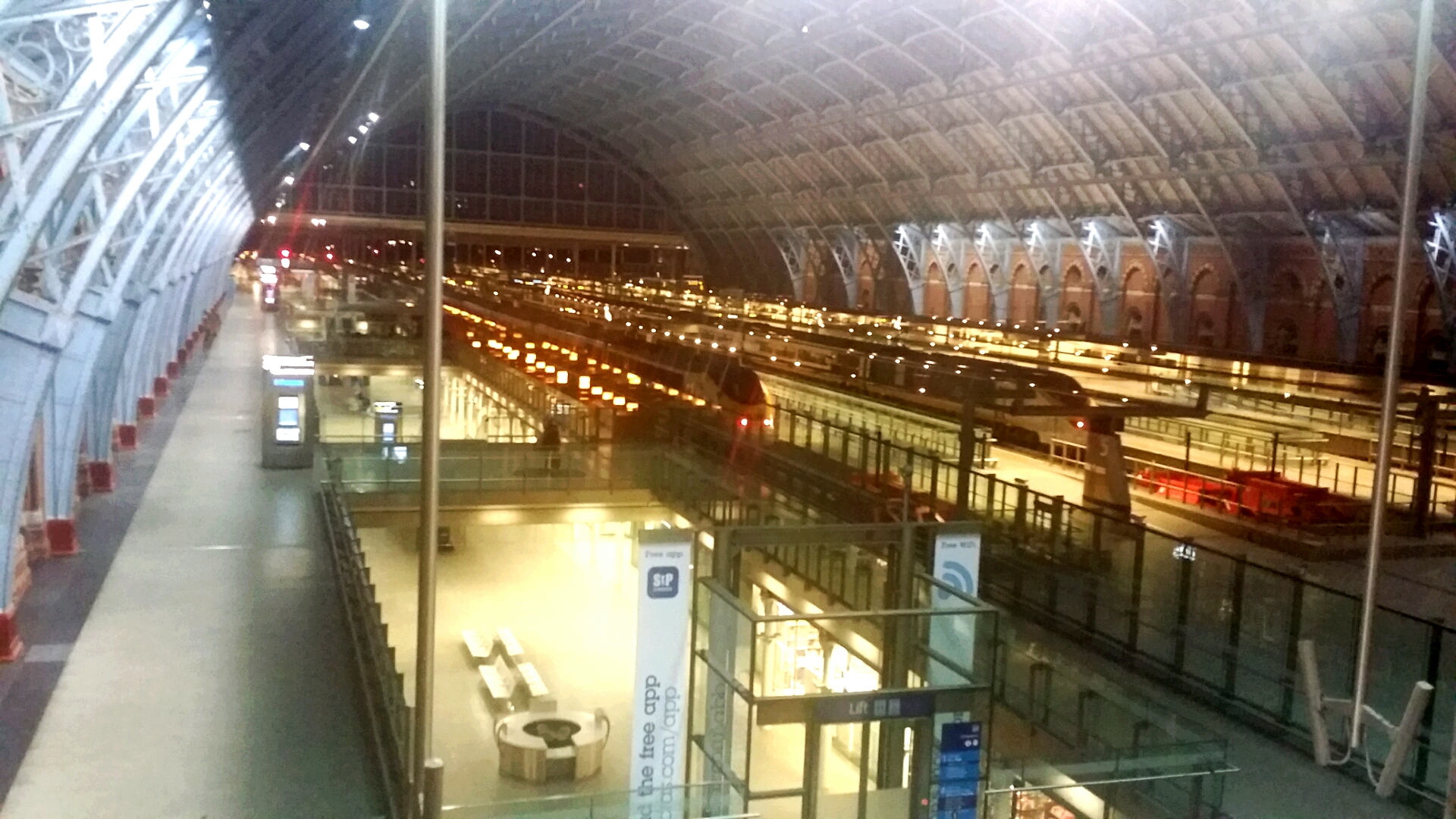
I was staying the night before an early train to Paris. All the tension of making it to the Eurostar terminal in time disappeared as soon as I realised I was going to be sleeping in a room with huge oriel windows overlooking the station platforms. As darkness fell I sat up in my room and watched the station empty, and the trains fall asleep for the night. I felt safe, secure in the knowledge that all I had to do tomorrow morning was stroll downstairs and climb on board.
But I didn’t even have to do that. The hotel had already checked me in to my train and half an hour before it departed, Augustinas from Lithuania arrived to pick up my luggage as part of the VIP service. He even escorted me on to the train and found my seat for me.
This is a hotel that truly has to be experienced. The gold-leaf fleur de lys on the stairs, the medievalist murals, the carved panelling, the delicately painted ceilings, the Ladies Smoking Room on the first floor and the truly stunning brick exterior, all these have been wonderfully restored at a price that I cannot begin to imagine. But what the St Pancras Renaissance Hotel has also done is restore to railway travel a glamour that George Gilbert Scott knew and that John Betjeman longed for. I hope very much to be back again in the near future. I can now think of no other way to cross the English Channel.
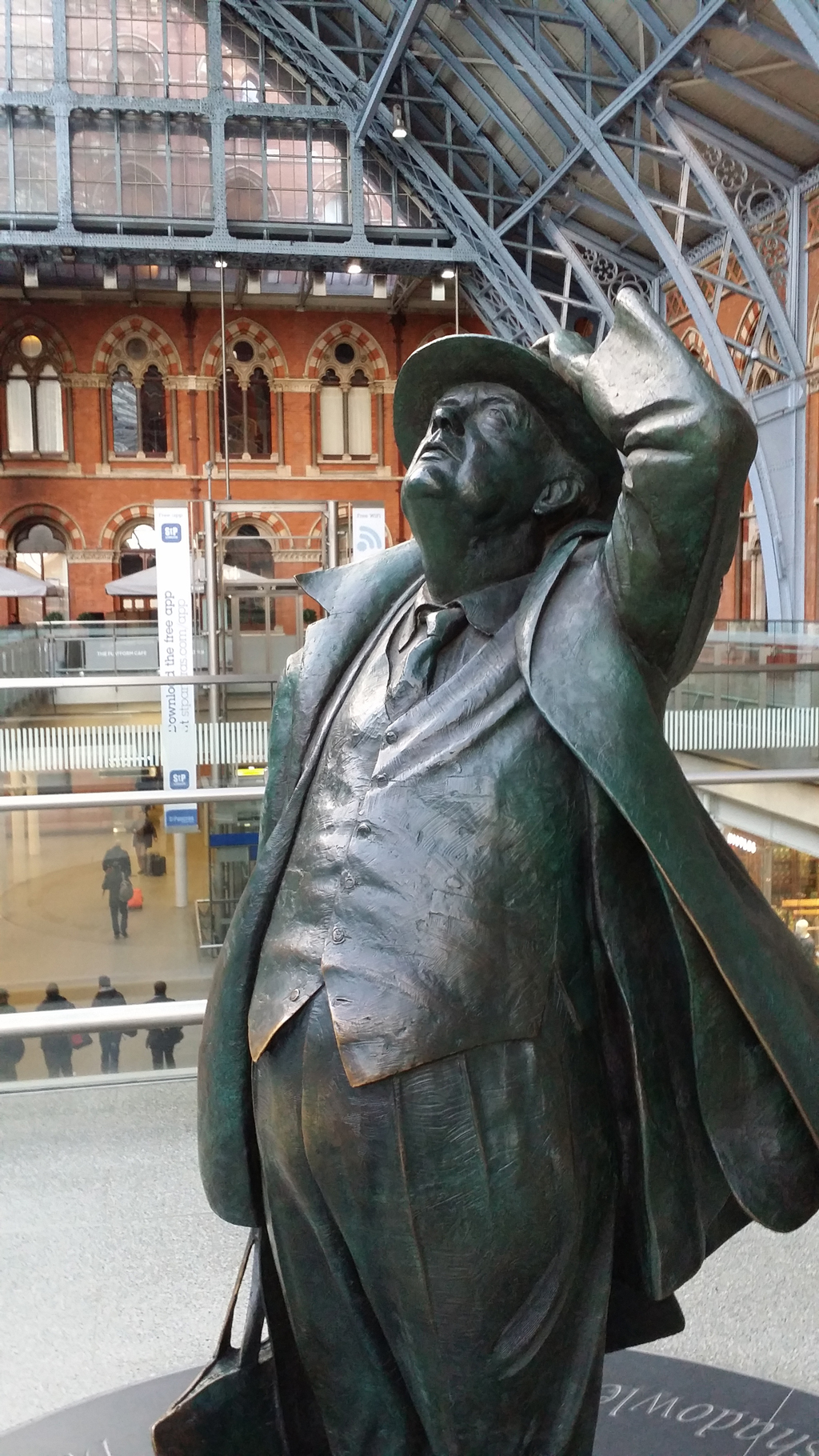
A man of many disguises. Adrian Mourby is a famoushotels travelling ambassador and correspondent.
(and this is the statue of John Betjeman by Martin Jennings)


